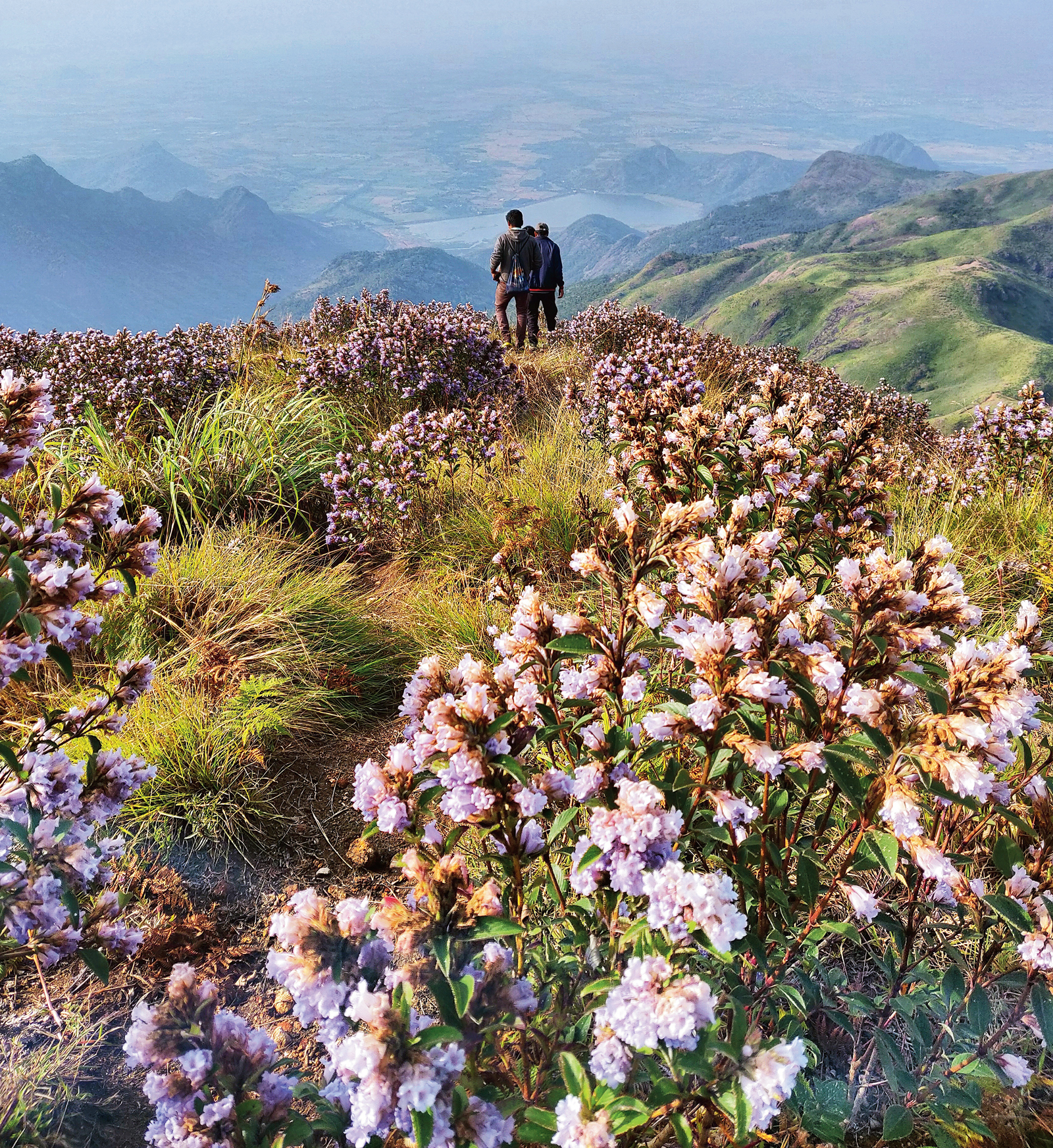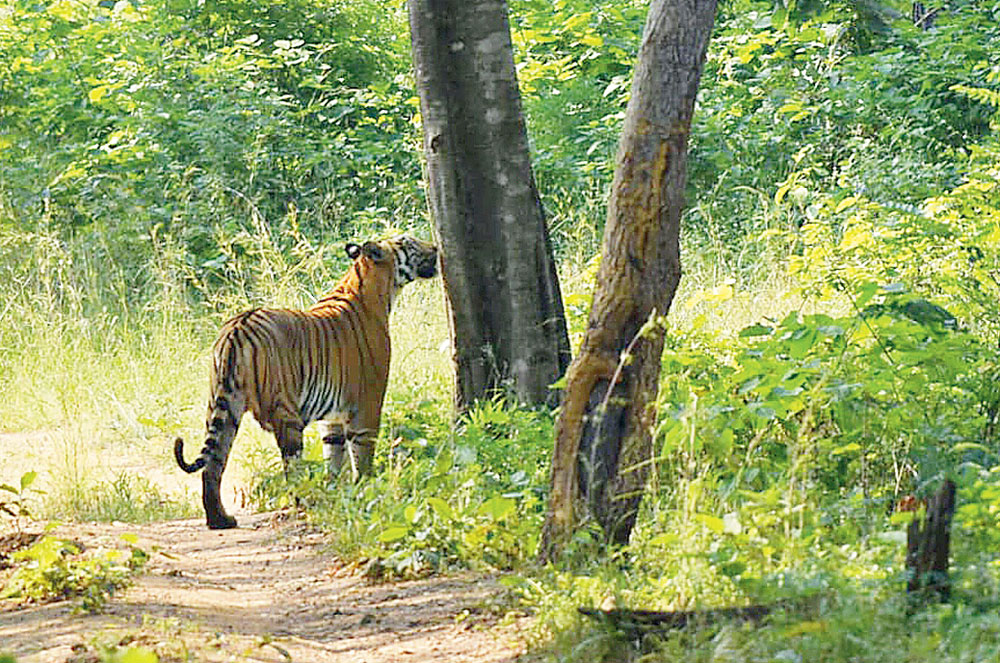But then, being this close to nature whets your appetite and keeps you going. We climbed up and down a couple of hills till we came to the one with the profusion of Neelakurinji. Having had our fill of the sight, we trekked back till we came to the last one on the way back just before sunset and stopped to watch the sun go down.
Listening to the camping stories of my two friends sitting on that hill just made my bucket list somewhat longer.
For those who don’t want to go on the flower trek, Kodaikanal and its surroundings have a fair bit to offer. Here are some destinations that are worth visiting.
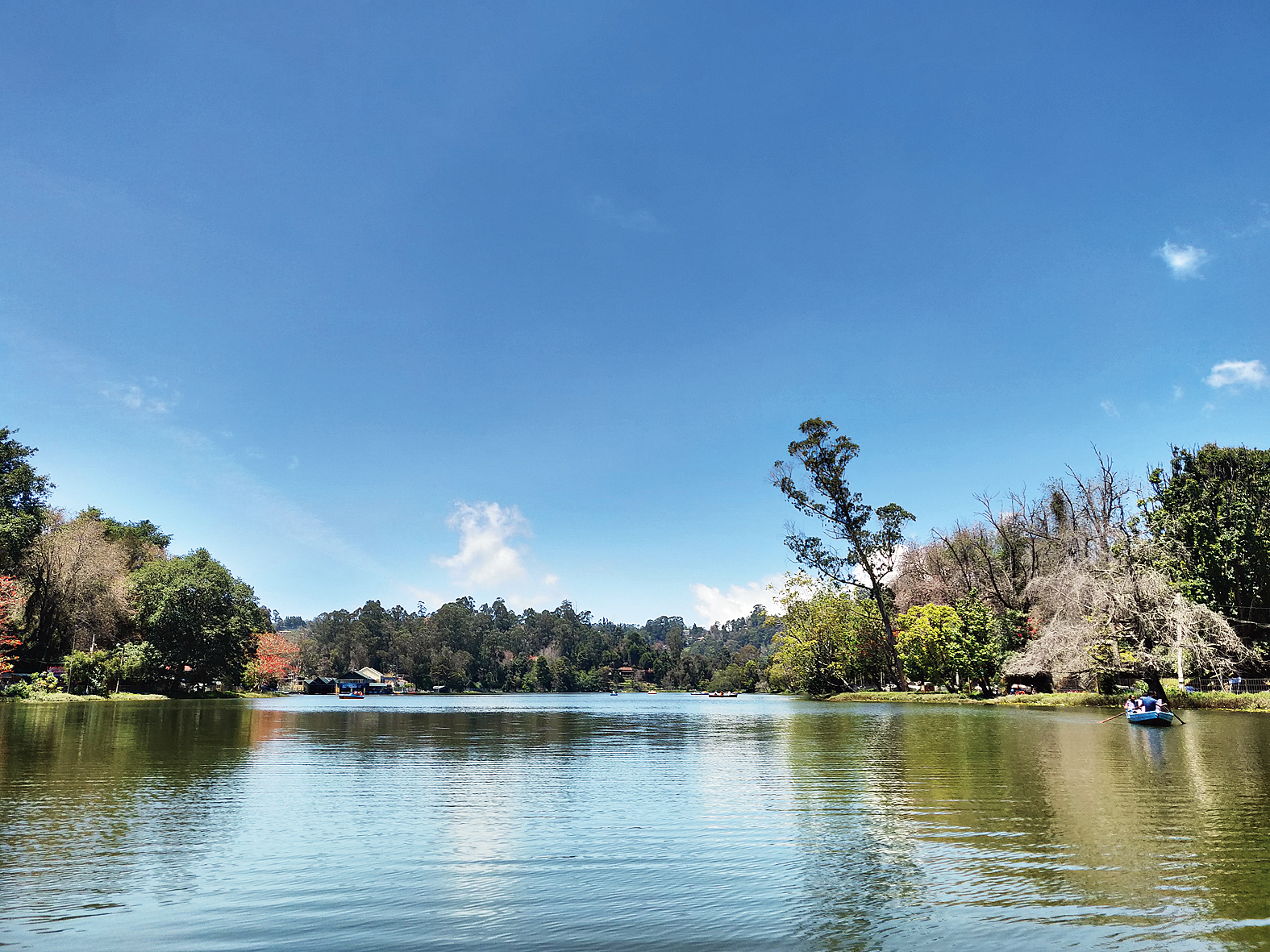
Located in the heart of the city is the famous Kodaikanal Lake. One can go for a 30-minute boat ride on its placid waters or just soak in the peaceful ambience from the shore. You can take two- and four-seater pedal boats, or, if you want to make it romantic, a shikara. It makes sense to take a boat with a boatman though. Those scared of water can go for horse or bicycle rides around it Image: Malancha Dasgupta

From our vantage spot on the last hill on the trek, the sunset looked spectacular Image: Malancha Dasgupta

On the way to the Guna Caves (no, you can’t enter them) is a long man-made bridge at a spot filled with Shola trees. Their roots give this place a spooky touch. As for the caves, they used to be called Devil’s Kitchen. In 1992, the popular Tamil movie Guna starring Kamal Haasan was shot in the caves. After that this spot not only became popular with tourists but the caves also came to be known as the Guna Caves Image: Malancha Dasgupta
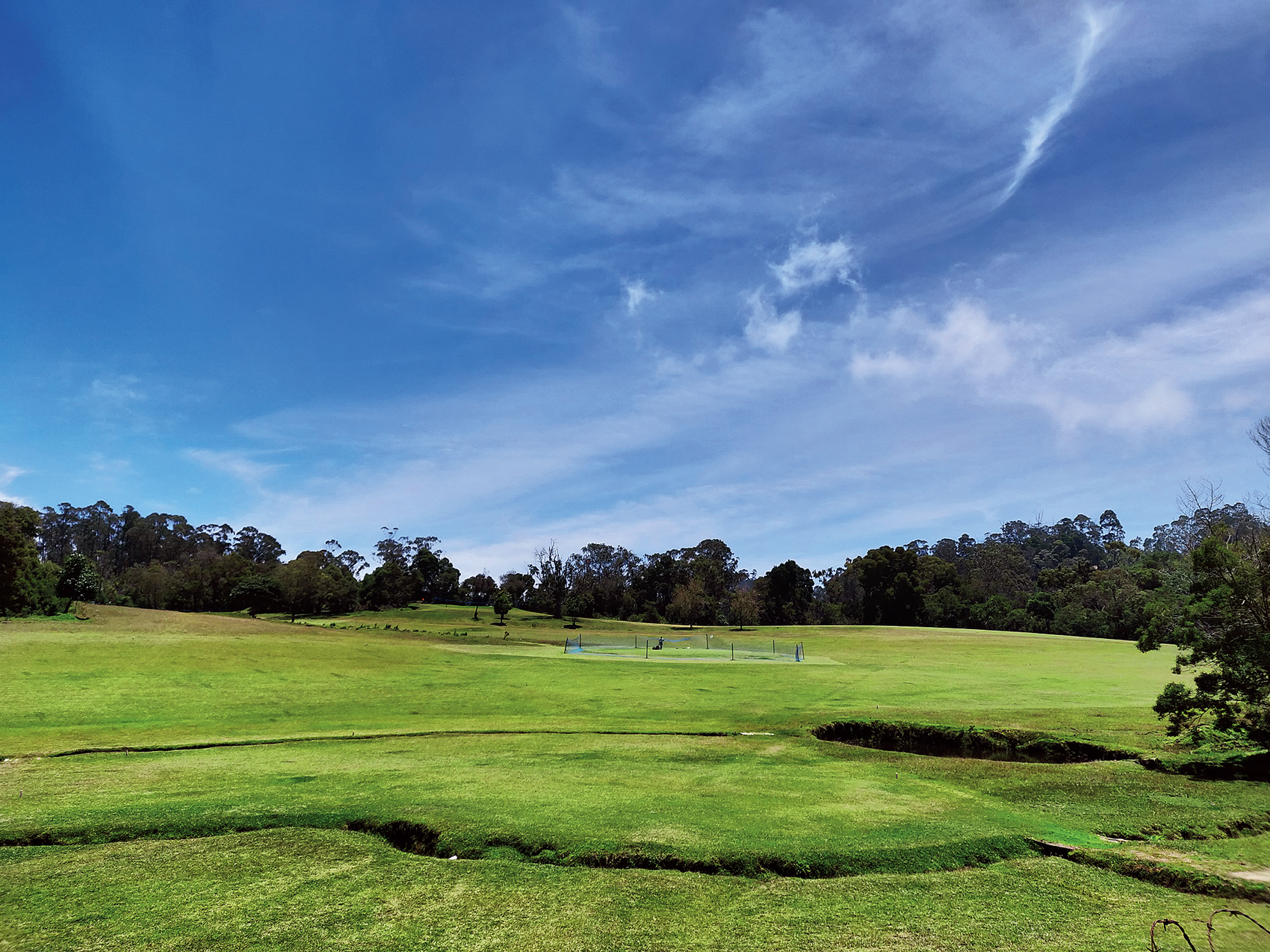
Set up in 1895 in an Alpine meadow, the Kodaikanal Golf Club now takes in temporary and permanent members and even non-members can try their hand at the game, for a fee of course. The Club, which is at a height of 7,000ft in the Palani Hills, initially had a nine-hole golf course. Another nine holes were added later Image: Malancha Dasgupta
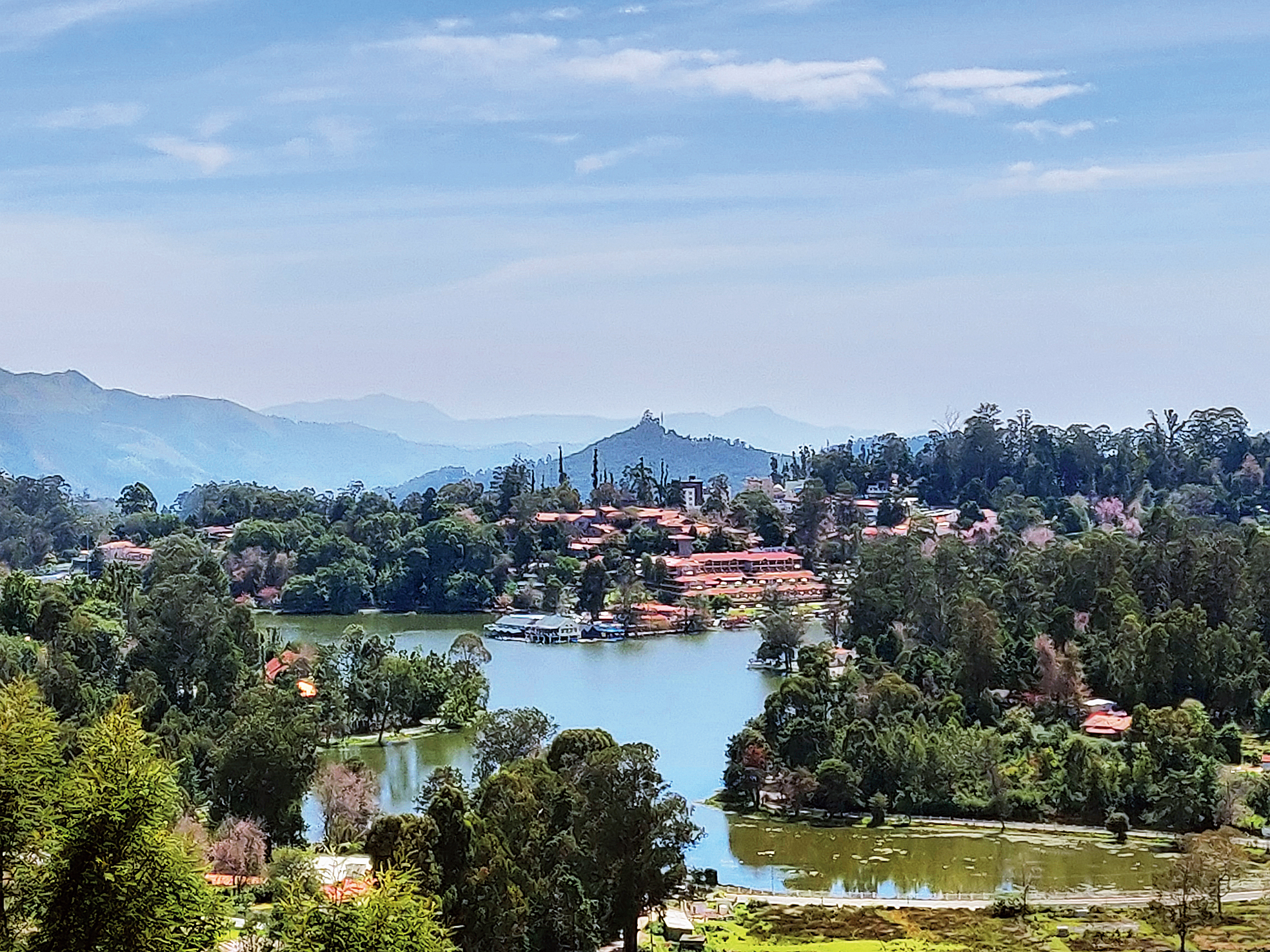
Fifteen minutes from the town and up the hill from Kodaikanal Lake is the Upper Lake View. This spot is popular as the entire star-shaped waterbody along with the surrounding hills are visible from here. The lake itself is an artificial one and was made under instruction from Sir Vere Henry Levinge, the collector of Madurai, in 1863 Image: Malancha Dasgupta

The 1 km Coaker’s Walk has mesmerising views of the valleys and forests. One can also hire a bicycle and ride here. The walk is named after a certain Lt Coaker, who was responsible for building it Image: Sterling Holidays
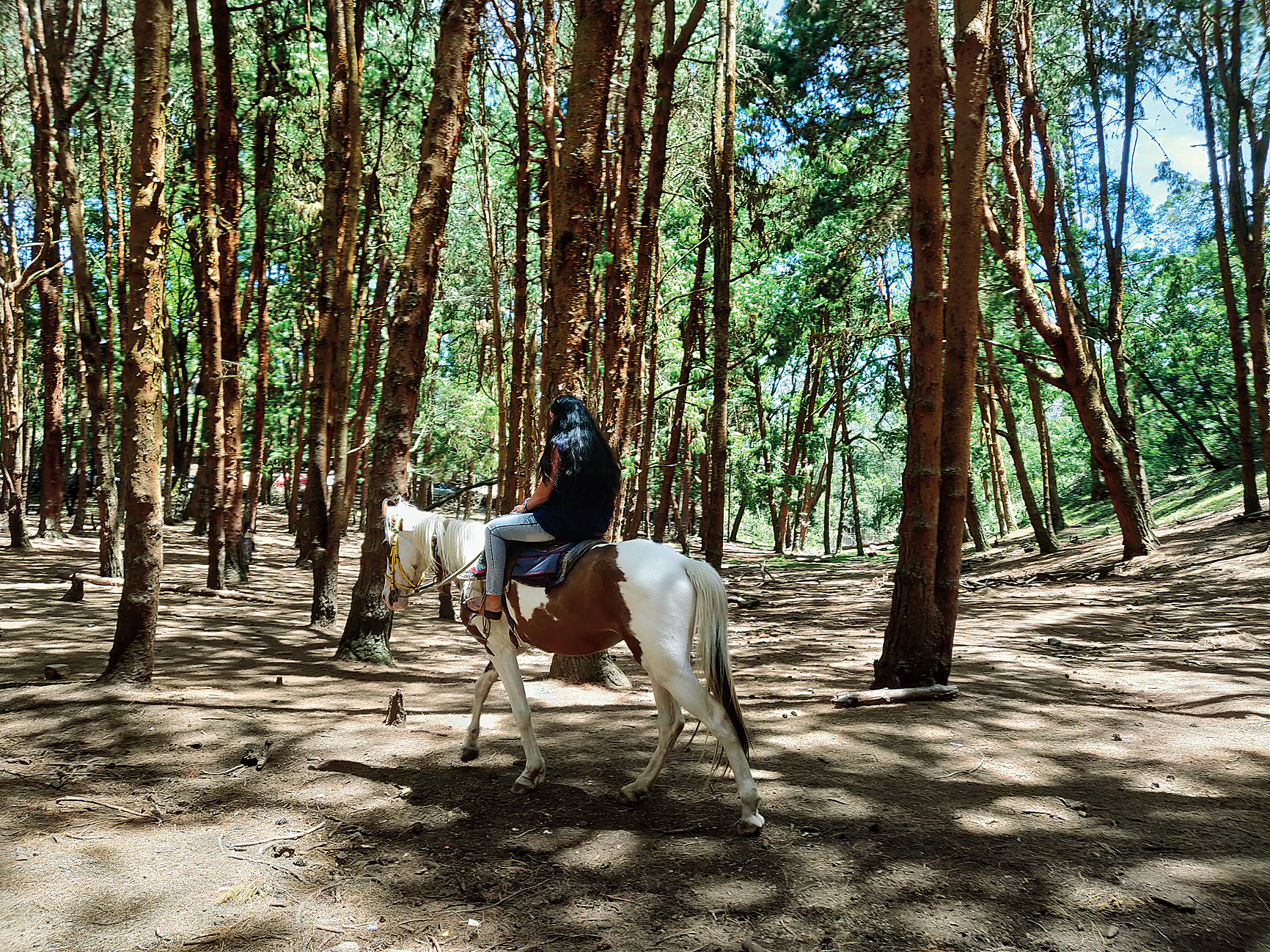
The pine forest near the solar observatory is a popular tourist destination. The plantations were started by H.D. Bryant in 1906 to grow timber. Today the place offers opportunities for horse-riding, photo shoots and other activities Image: Malancha Dasgupta
Almost every time you visit the Nilgiri Hills, you’d be left wondering where it got its name from. In any direction you care to look would be verdure as far as the eyes can see, with the occasional patch of brown hillside, mostly where it’s too steep for anything to grow. While all this would be wonderfully soothing to the eyes, there would be nothing very blue about them, unless, of course, you count in the sky above.
But 2018 has been different. Once every 12 years, the hills and valleys get covered by Neelakurinji blooms — a bright blue bell-shaped flower — and this was one such year. Standing on top of a hill covered with Neelakurinji with other hilltops at eye level and valleys way below is the reward one gets at the end of a trek in the upper Palani Hills.
Even in the year they bloom, you need a dollop of luck to get to see them. I was fortunate to have made two nature-loving friends — a tour guide and an entrepreneur — who happened to know on which hill the flowers were in bloom. A 4x4 from Kodaikanal, where we were staying, got us to the starting point of the trek. And it was a long trudge in the blazing September sun from there.

